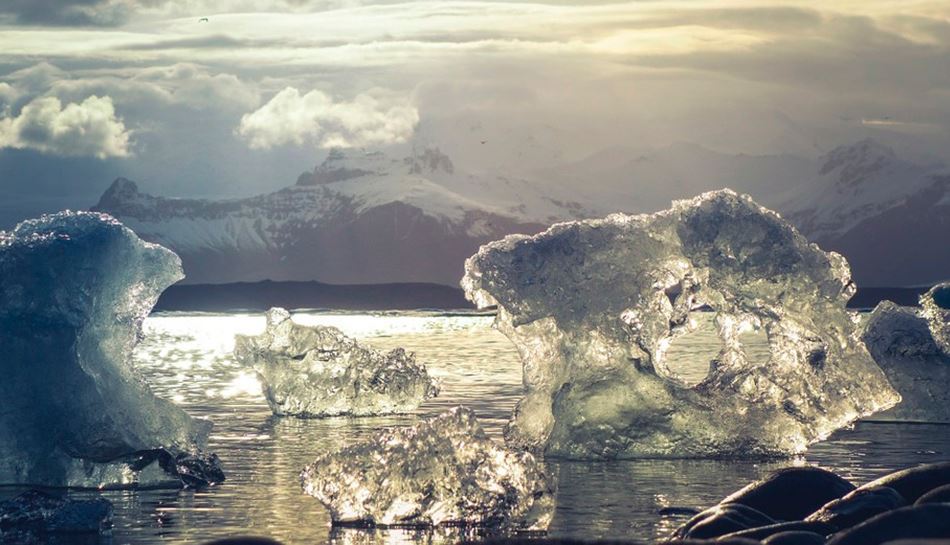The previously known maximum temperature was 17.3 ºC and had been registered in March 2015, as the World Meteorological Organization recalled last Friday (see La Vanguardia).
Now, a Brazilian scientist who works temporarily in the neighboring Argentine base station Antarctic Base Marambio, on Seymour Island or Marambio Island has advanced the data (not yet confirmed) that last day 9 was registered at this location near the Antarctic Peninsula reached a maximum of 20.75ºC.
A temperature “never seen” in the Antarctic region has indicated Carlos Schaefer in statements collected by the AFP agency. Schaefer has pointed out that this specific figure is not enough to demonstrate the impact of climate change on the whole of Antarctica.
"It's just a sign that something different is happening in that area," said the scientist specializing in permafrost (frozen soils), in a WhatsApp conversation.
The data “does not allow to anticipate climatic changes. It is a fact in an investigation ”, but“ such a record was never seen in Antarctica”, he said.
After a decade of rising temperature records, which closed with 2019 as the second hottest year ever recorded, the 2020s began with the same trend. Last month it was the hottest January ever recorded.
Antarctica
Seymour Island (original name) or Marambio Island (name applied by Argentina from 1956) is located in the northern part of the Antarctic Peninsula and is part of the group of James Rosses Islands, which surround the small peninsula of Trinidad. The north end of Seymour Island is the southern mouth of the Erebus and Terror gulf in the Weddell Sea.
Since 1969 on this island, the Argentine Mar Marbo Base scientific station is operational, located on the central plateau of the island and equipped with the first aerial track of the Antarctic continent, 1200 m long and 40 m wide.
The base operates throughout the year establishing a permanent population that, during the Antarctic winter is an average of 55 people, which increase to 150 in the summer.
The main objective of the base is scientific research, making observations and measurements of cosmic rays, glaciology, ionospheric properties, aurora and meteorological observations, as well as stratospheric ozone monitoring.
The Marimbo base has 27 buildings in a total area of 4,278 m² and obtains energy from four generators, in addition to having a wastewater treatment plant.
Source: JOAQUIM ELCACHO / LA VANGUARDIA,
Reference article: https://www.lavanguardia.com/natural/20200214/473549166718/la-antartida-supera-la-barrera-de-los-20-c-por-primera-vez-en-la-historia-humana.html,
